13 of the quietest pet birds that are easy on the ears
Looking for one of the quietest pet birds? Here's a rundown of the best feathered friends for you
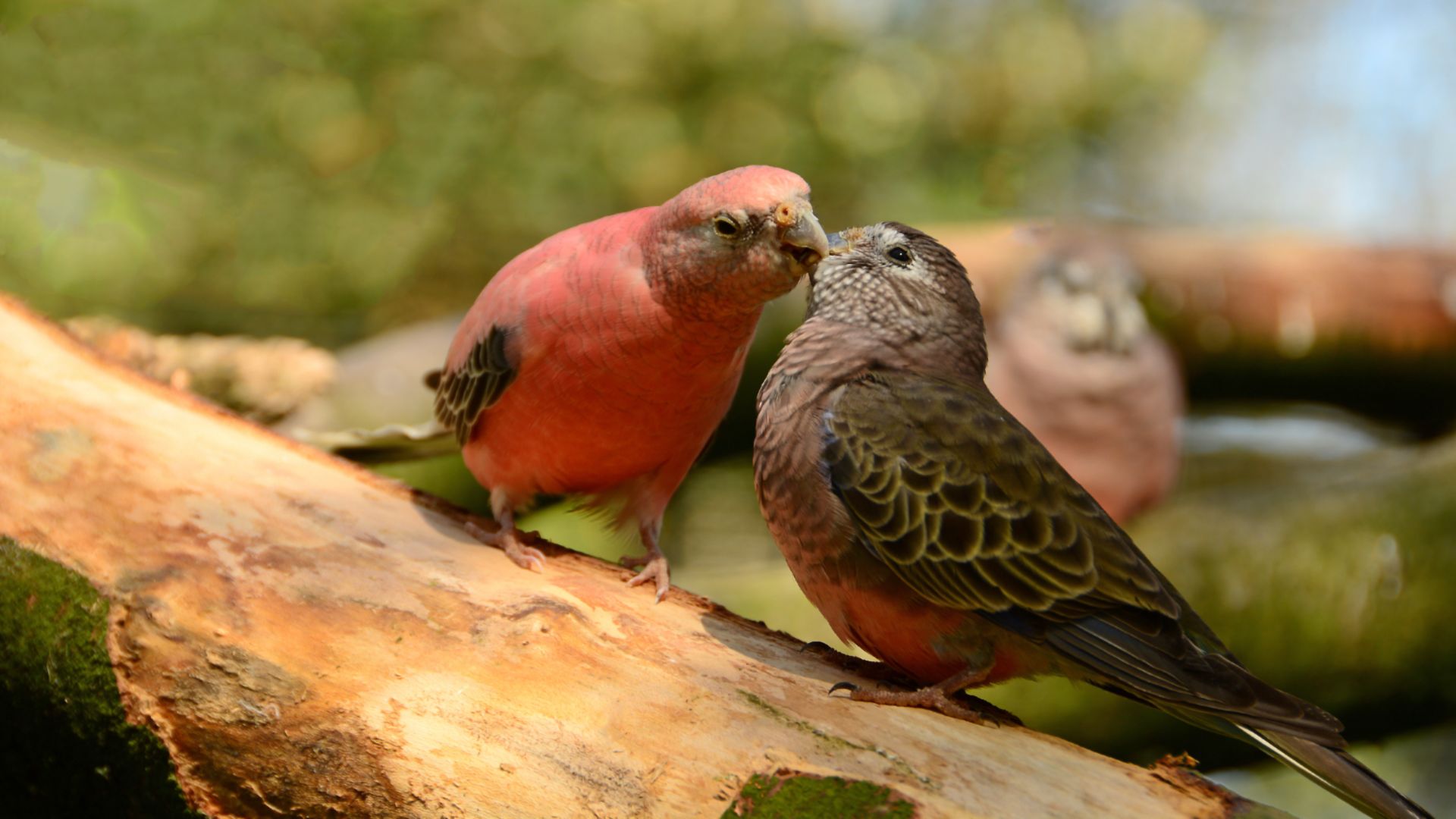
Birds often come with a lot of screeching and squawking, and if you prefer the quieter life, you might be wondering what species makes for the quietest pet birds.
So, are birds quiet? It depends on your definition. We're yet to find a pet bird out there that's completely silent – in fact, a bird who stops singing unexpectedly is usually a cause for concern – but there are certainly some pet birds who are quieter than others.
For example, some pet birds simply don't mimic human speech or sounds from their environment with as much gusto, while others only sing at certain times of day. Some chatter constantly, but that chatter in itself is of a modest noise level. All of these instances might push a species into a quieter category.
So, which types of pet birds are the quietest pet birds? We've got a mix for you below, as well as some pet bird tips – and hopefully you’ll find your ideal feathered friend on our list...
13 quietest pet birds
1. African Grey Parrot
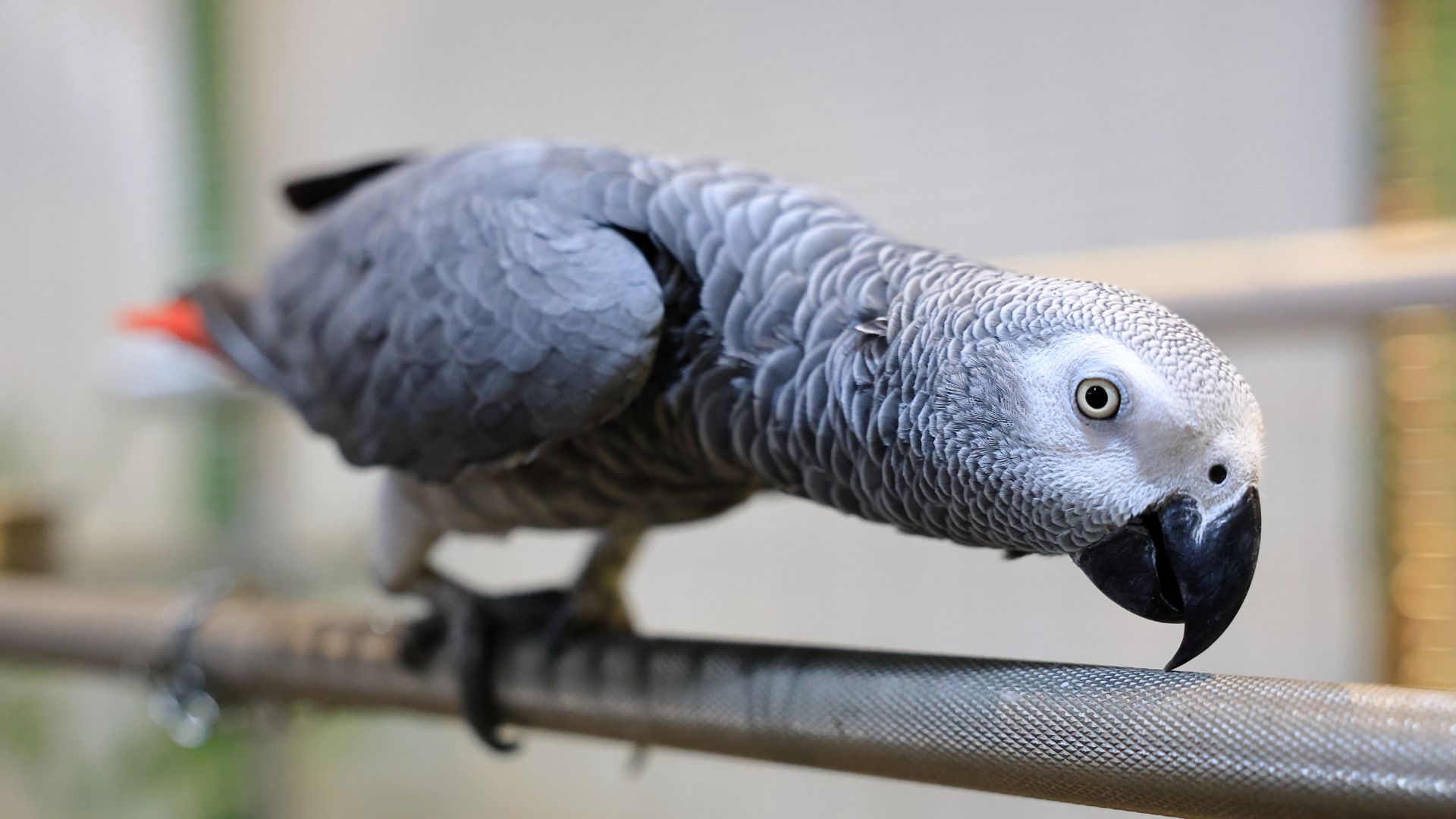
Life expectancy: More than 30 years
Size: medium
Noise level: medium
Sociability: very friendly
As adept mimickers with playful personalities, African Greys make for super companion birds. They have an inquisitive yet sensitive nature, love to play, and thrive on interaction with their pet parents; keeping an African Grey actually has much in common with keeping a dog!
It's true that African Greys have quite a lot to say – mostly noises and phrases they pick up from their surroundings – but their vocalizations are relatively easy on the ears. They generally 'speak' at a maximum of 75 decibels, which is comparable to a toilet flush.
2. Budgerigar
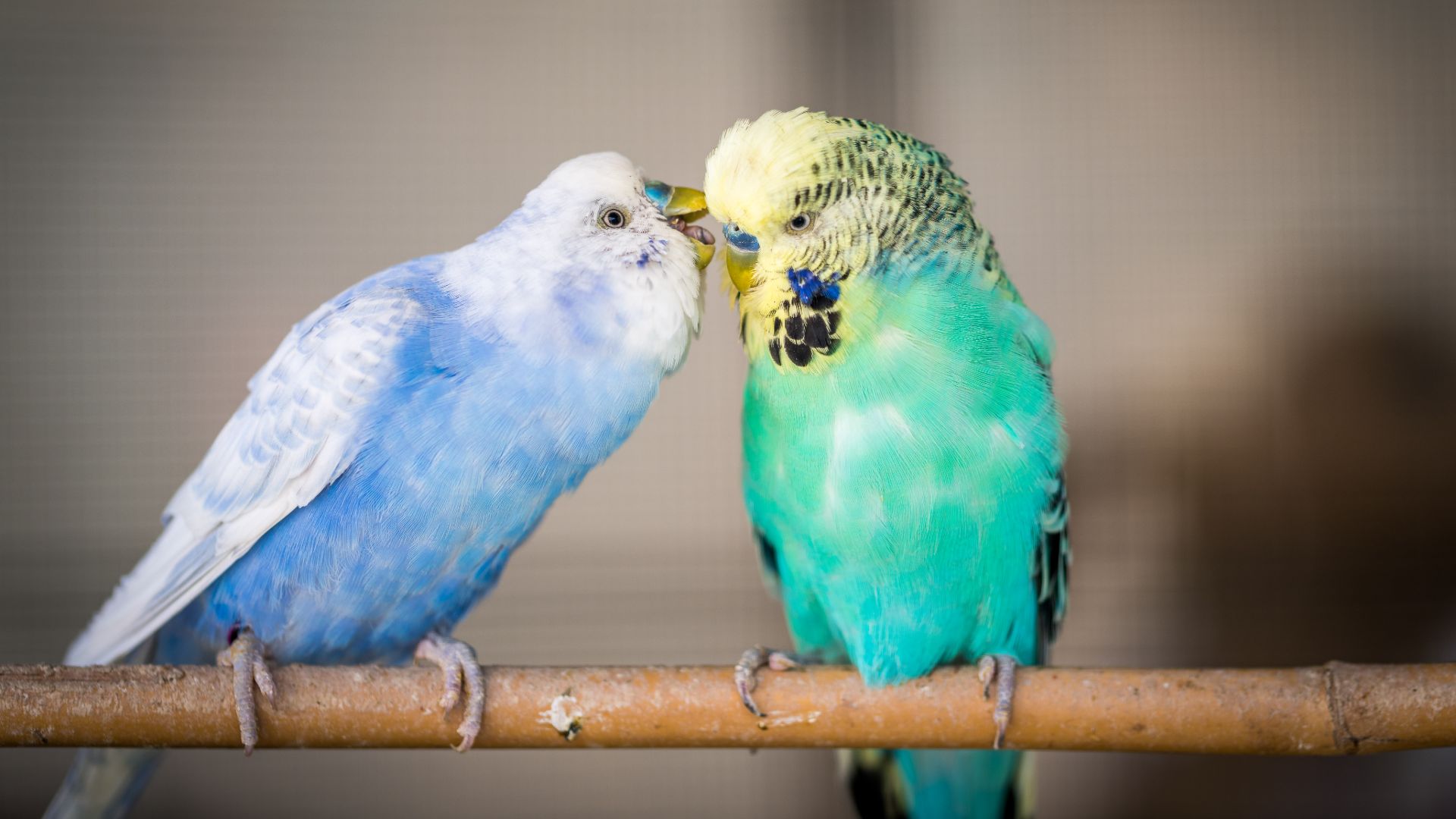
Life expectancy: Up to 10 years
Size: small
Noise level: medium
Sociability: friendly
Budgies are a popular feathered pet and have the potential to be hand-tamed with enough care and patience. Alternatively, budgies do well in pairs and, when kept in this way, get plenty of social enrichment from their aviary mate.
Get the best advice, tips and top tech for your beloved Pets
Budgies will whistle and chatter in pairs and are more likely to repeat sounds from their handlers and environment when kept alone. Males are the best at mimicry, and their vocalizations, though frequent, are around just 65 decibels, comparable to human speech.
3. Eclectus parrot
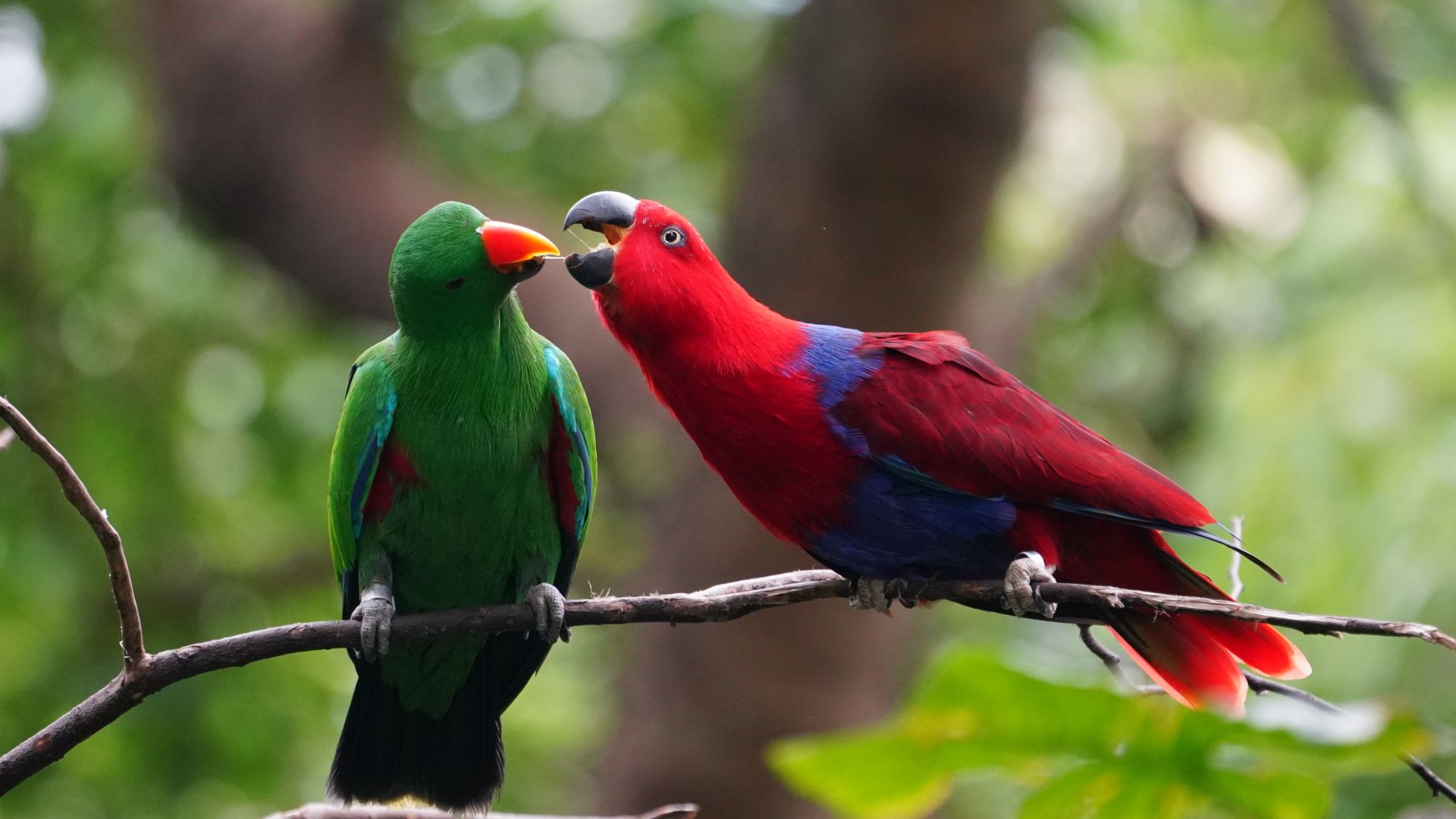
Life expectancy: Up to 30 years
Size: medium
Noise level: low to medium
Sociability: friendly
These green and red colored birds are active and inquisitive. They thrive in large aviaries and benefit from daily time spent outside their living quarters to exercise and explore, as well as the best toys for parrots to play with.
Eclectus parrots are actually fond of peaceful environments themselves and don't generally tolerate hustle, bustle, and excessive noise. They do chatter quietly and can pick up and repeat a repertoire of sounds from speech to household sounds. They can occasionally raise their voices when excited, and this sometimes exceeds 85 decibels – as loud as a chainsaw!
4. Cockatiel
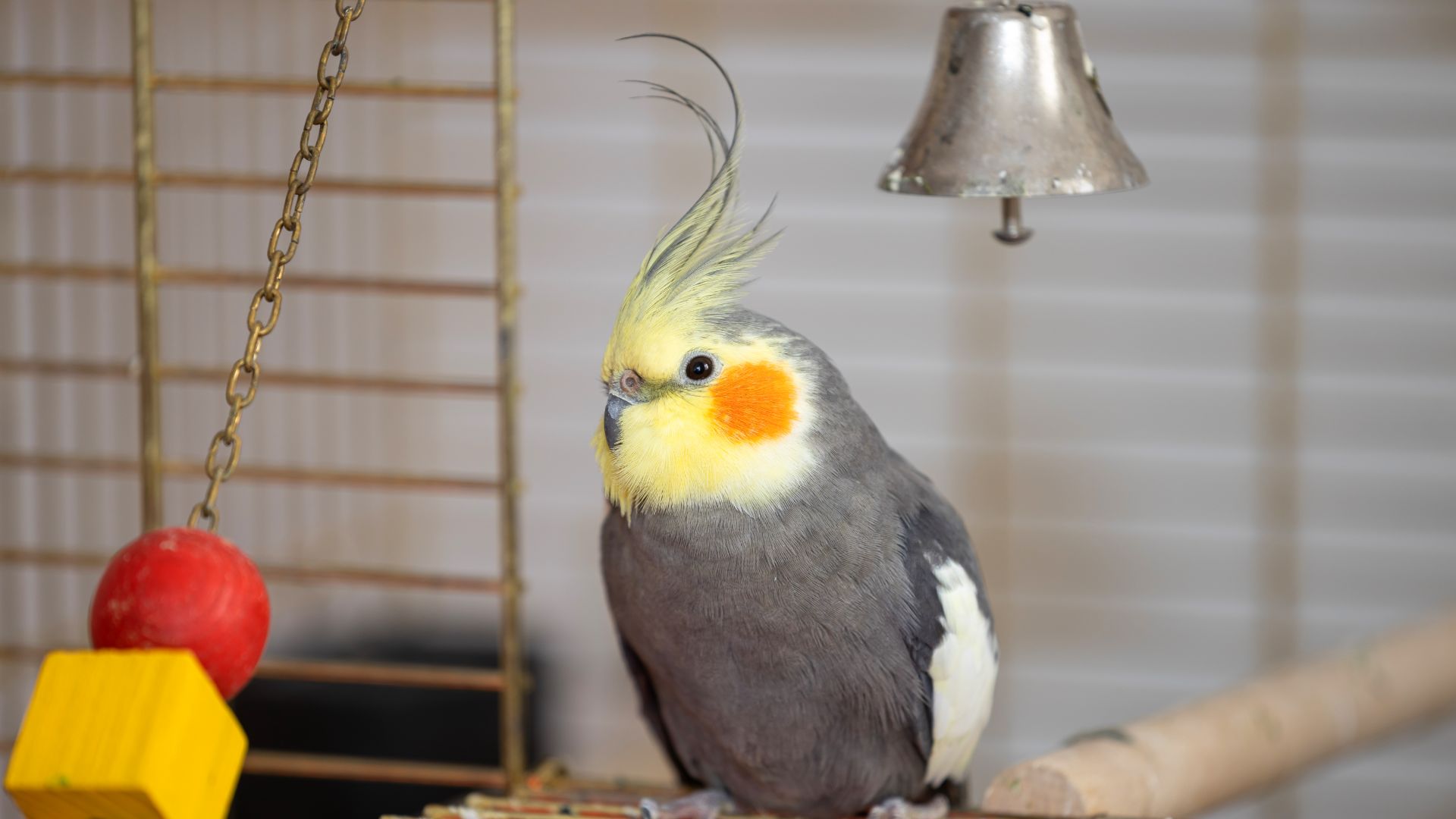
Life expectancy: up to 20 years
Size: small
Noise level: low to medium
Sociability: friendly
Another popular pet, the cockatiel, is small in stature but big on personality. They don't have the loudest voices in the bird world, but are by no means silent. They chirp and whistle rather than screech and don't tend to mimic words, but if they do, it's more likely to be a male.
Cockatiels need plenty of enrichment and love to rip up paper and boxes. The crest of feathers on their head displays their emotions: an inquisitive or startled bird's crest will stand on end, while feathers flat back to the head suggest defensiveness.
5. Zebra finch
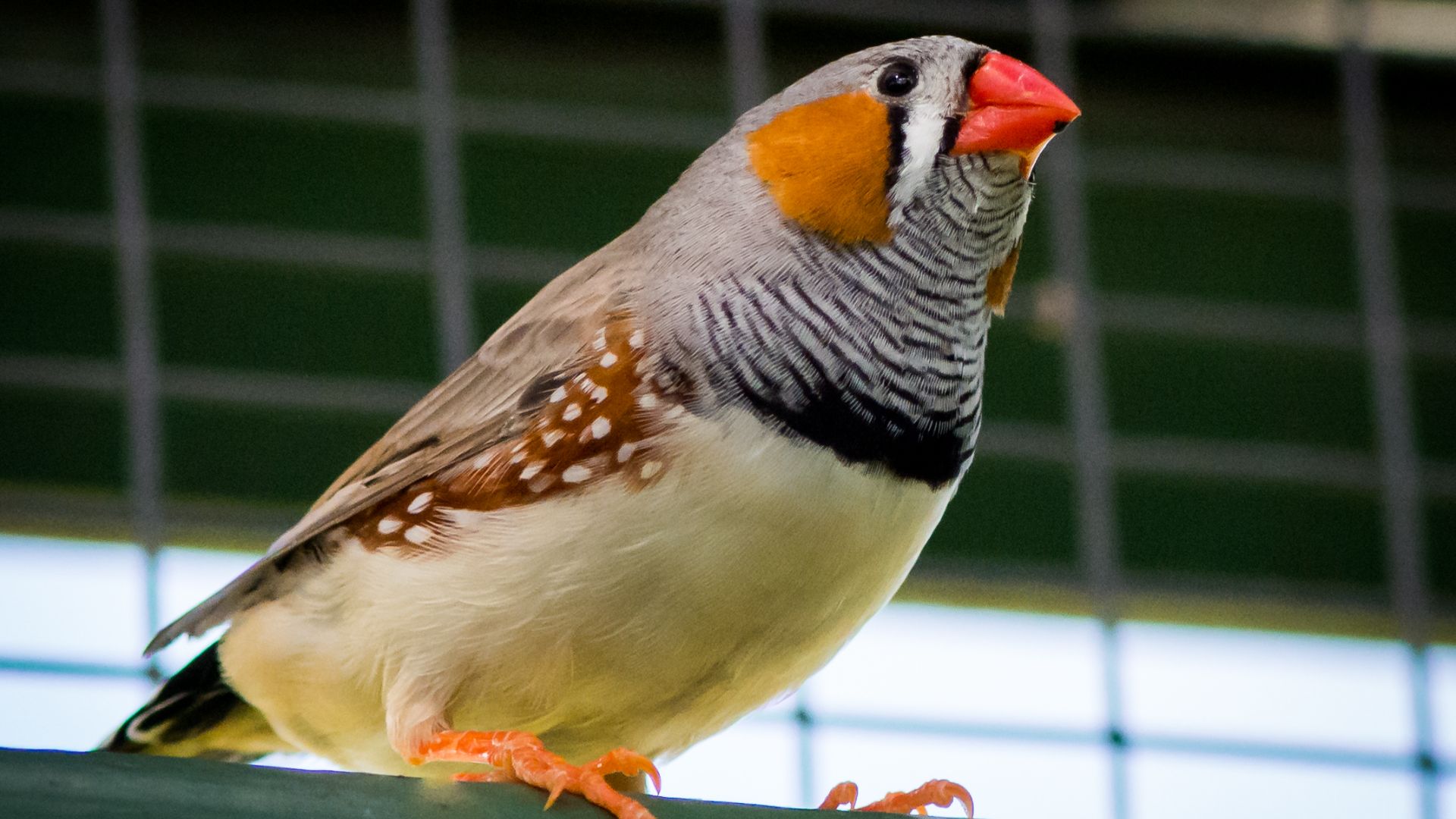
Life expectancy: up to 10 years
Size: small
Noise level: low but persistent
Sociability: nil
These little birds are beautiful to look at and are best suited to owners who don't want a hands-on feathered pet such as a parrot. They rarely, if ever, leave their aviary, so they will need enough space to exercise sufficiently with their cage mates, and need the best bird food supplemented with additional foods such as fresh greens and eggshells.
You will love watching your zebra finches play and chatter with one another. While males have a sweet song, especially when engaging in courtship rituals, females do not sing at all.
6. Parrotlet
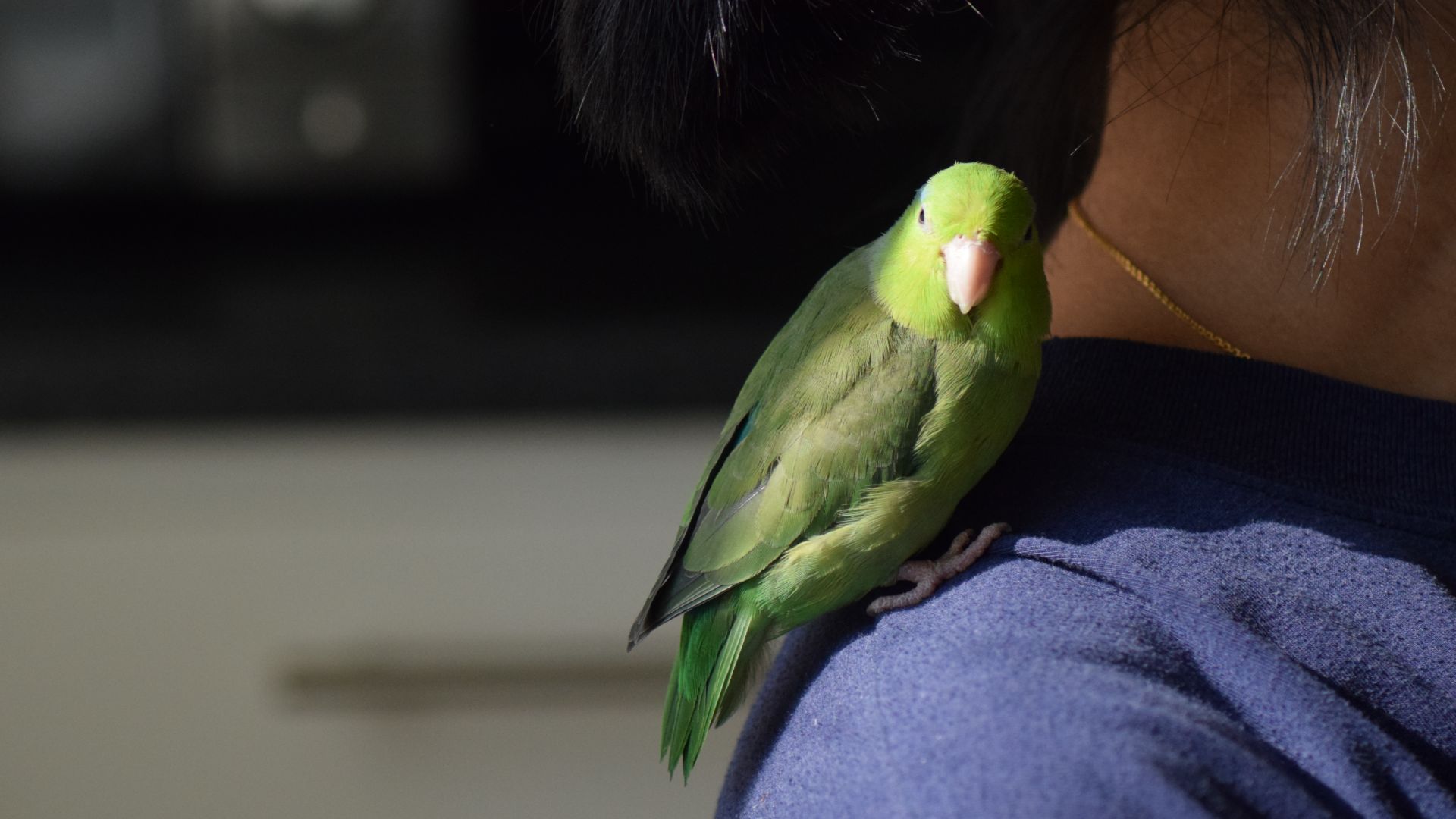
Life expectancy: up to 20 years
Size: small
Noise level: medium
Sociability: friendly
Parrotlets emit frequent, squeaky chirps that are generally inoffensive to the ear and are unlikely to disturb your neighbors. They are capable of learning some words.
They are active birds that benefit from daily time outside the cage and plenty of toys to play with. They can be kept in pairs, but often become bonded to the exclusion of their owner. If you have the time to offer enough enrichment to a single parrotlet, they will become quite devoted to you.
7. Ring-necked dove
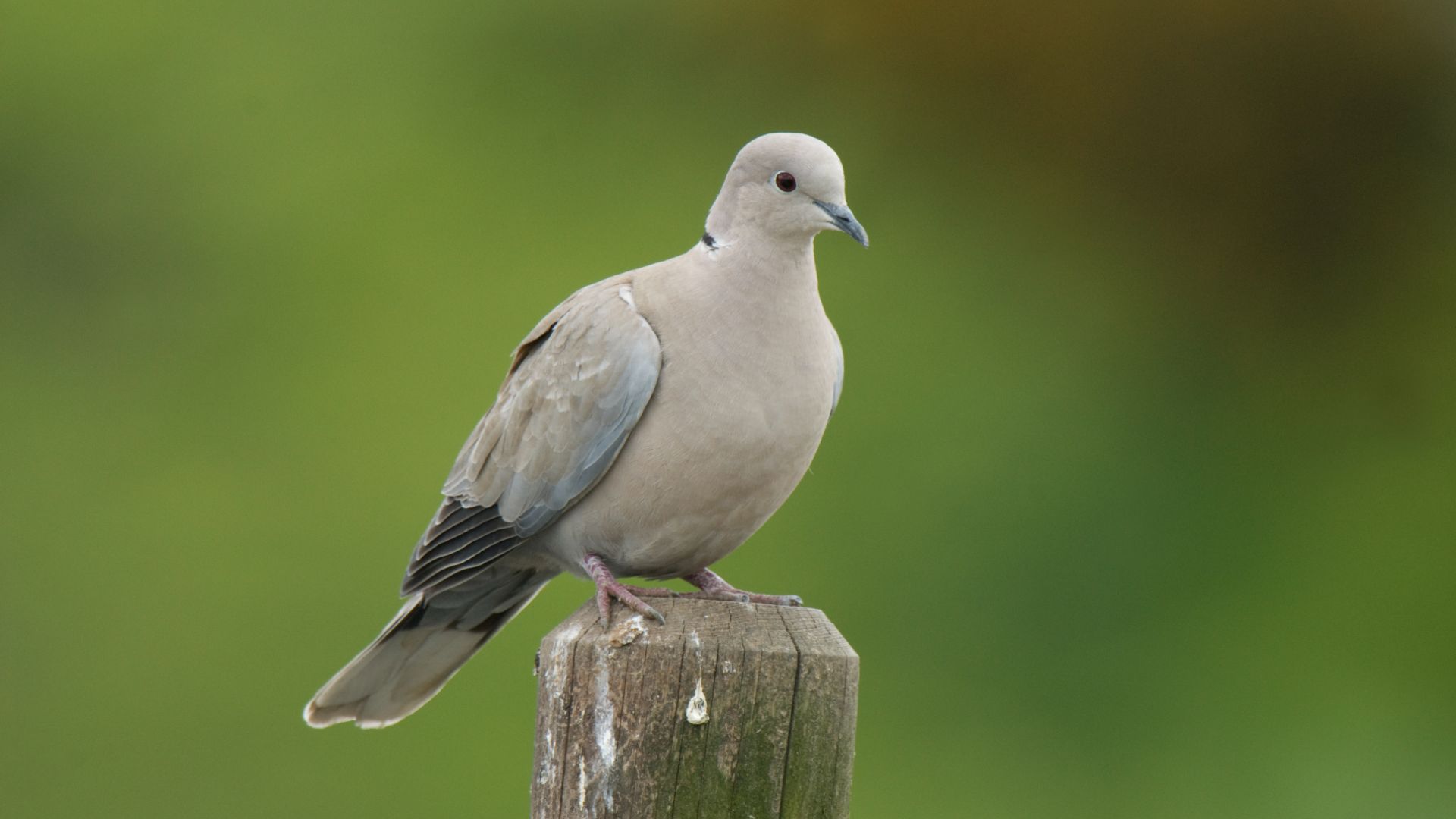
Life expectancy: up to 10 years
Size: small
Noise level: low
Sociability: nil
Compared to a chattery parrot, doves definitely deserve to be on the list of quietest pet birds. Doves are a great option for someone interested in keeping birds without the time or inclination to provide the level of interaction a parrot would need.
Doves can be kept outside, don't require or enjoy handling (although can be encouraged to hand feed), and make a constant yet pleasant cooing noise that won't keep your neighbors awake at all hours.
8. Gouldian Finch
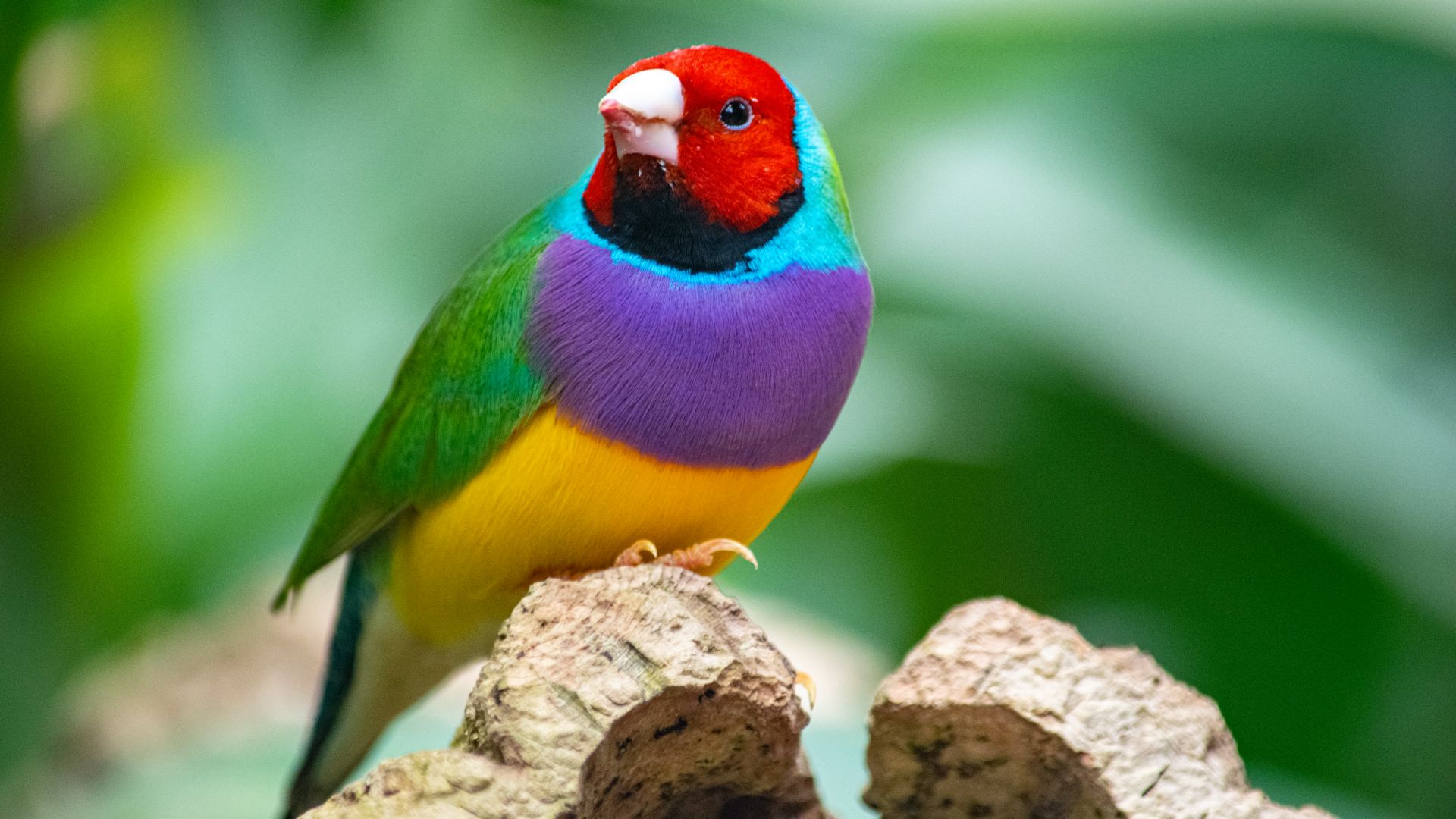
Life expectancy: Up to 10 years
Size: small
Noise level: low
Sociability: nil
These striking rainbow-colored finches are another hands-off bird, but this doesn't mean they are low maintenance. Gouldian finches, like other finches, thrive when their complex nutritional needs are met, and they do best when kept with their own kind – even housing multiple finch species together can be risky.
Gouldian finches can be tamed if you're willing to put in the effort, their soft, chattery singing will delight you as much as their vibrant plumage.
9. Scarlet chested parakeet
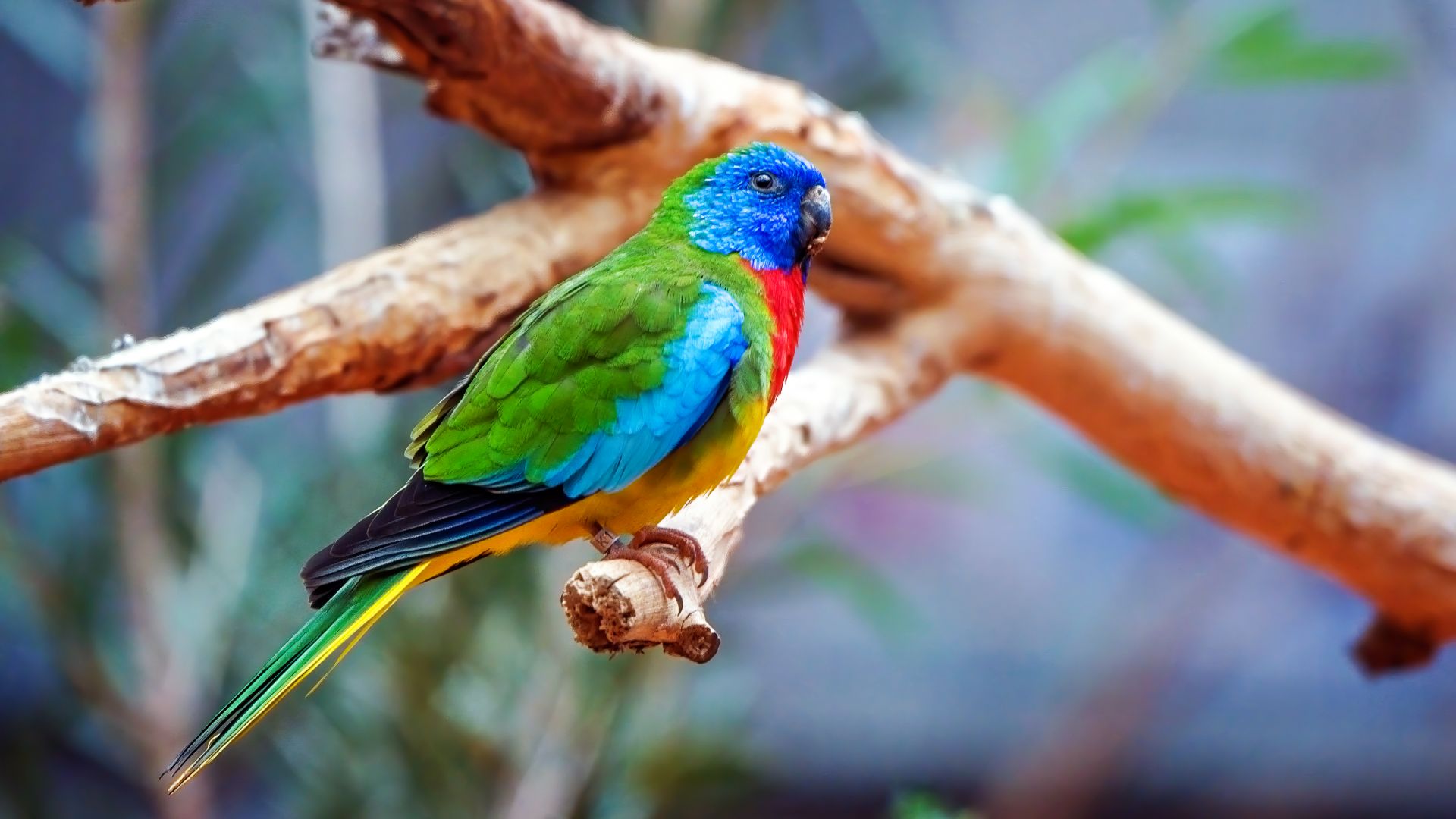
Life expectancy: up to 20 years
Size: small
Noise level: low to medium
Sociability: somewhat social
These brightly-colored birds are naturally timid but docile and can become true feathered friends with gentle coaxing. They love to bathe and should have access to a shallow dish of clean water at all times.
Scarlet-chested parrots are not prone to the loud, screeching contact calls of noisier parrots and will usually chatter away quietly in a melodic manner. They can sometimes utter high-pitched calls when alarmed, though.
10. Society finch
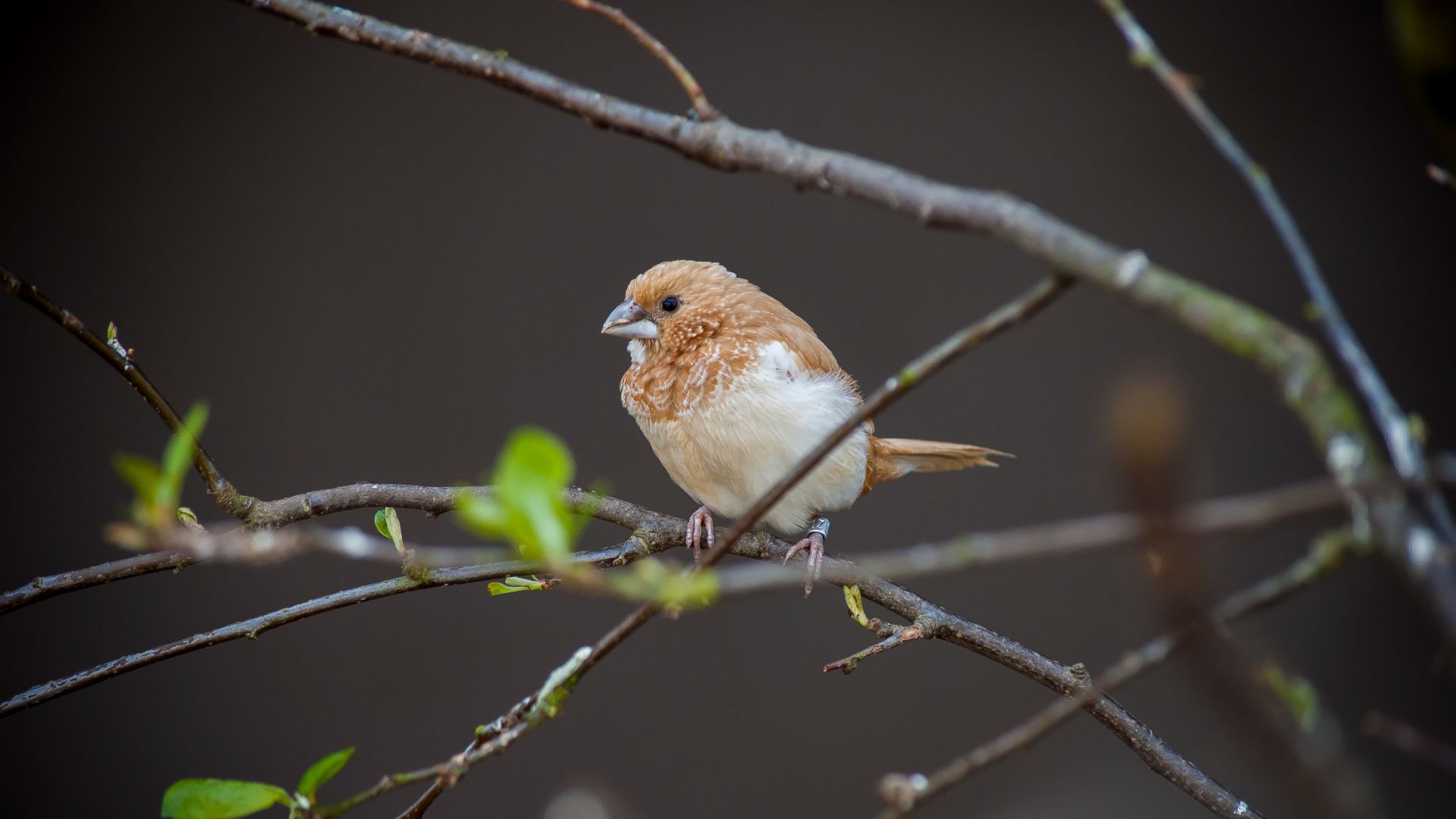
Life expectancy: up to 10 years
Size: small
Noise level: low but persistent
Sociability: nil
A popular finch type, the society finch provides the household with low-volume, constant chirrups as a soundtrack to daily life. As with other finch species, this little bird thrives among its own kind and isn't fond of being handled.
A large cage and enrichment are essential for this finch, who should have freedom to fly, play, and have a quiet corner to themselves within the walls of their aviary.
11. Diamond dove
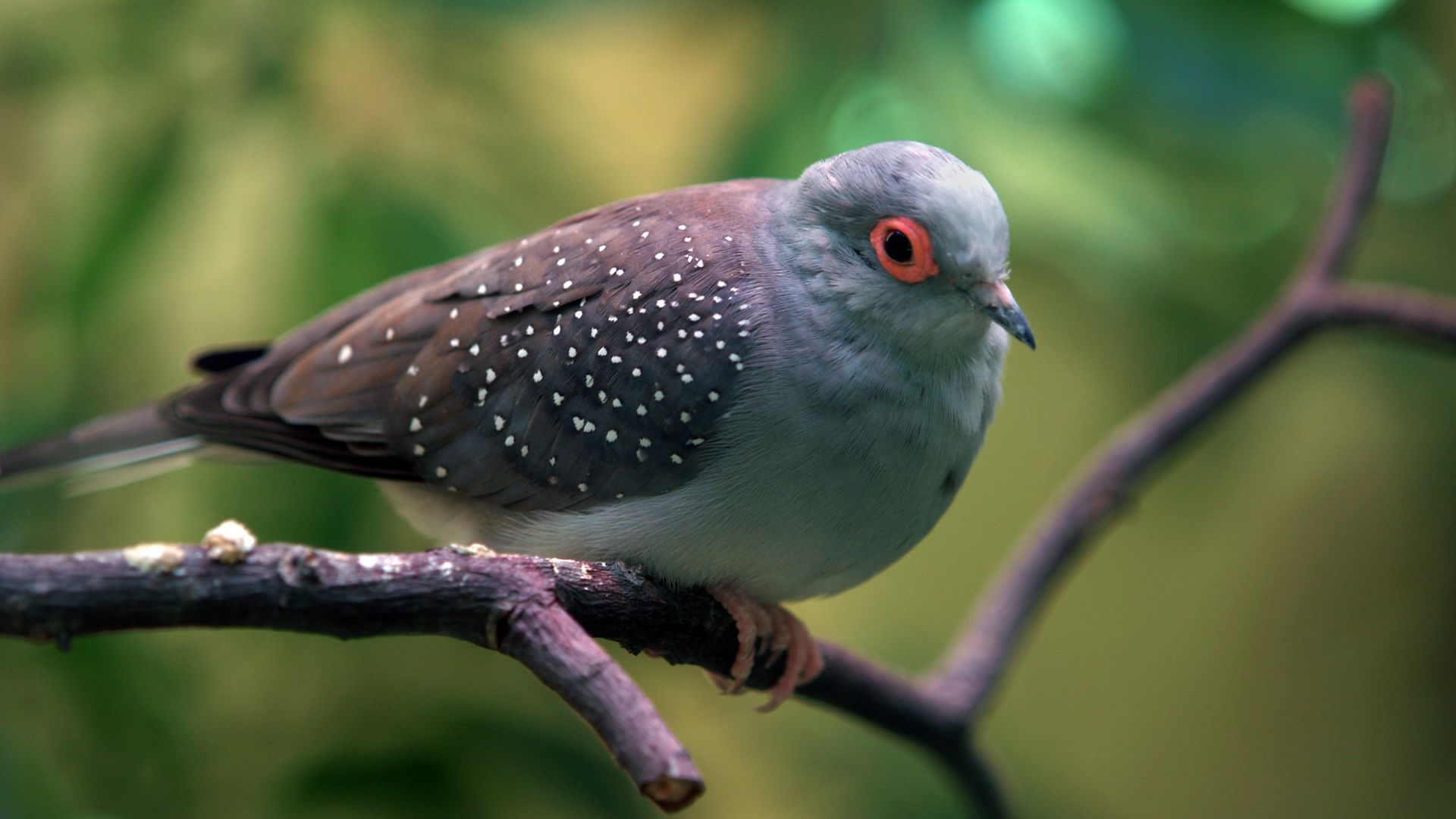
Life expectancy: up to 10 years
Size: small
Noise level: medium
Sociability: nil
Another bird perfect for the avian enthusiast who perhaps isn't so keen on parrots, the diamond dove is so named for the white spots on its wings.
Doves don't like being handled, perhaps with the exception of those who have been hand-reared. However, they are extremely sociable with one another and prefer to be kept in groups. They spend a lot of time on the ground, so a large horizontal rather than vertical aviary suits them, but giving them the opportunity to fly several times a week is also recommended.
12. Vasa parrot
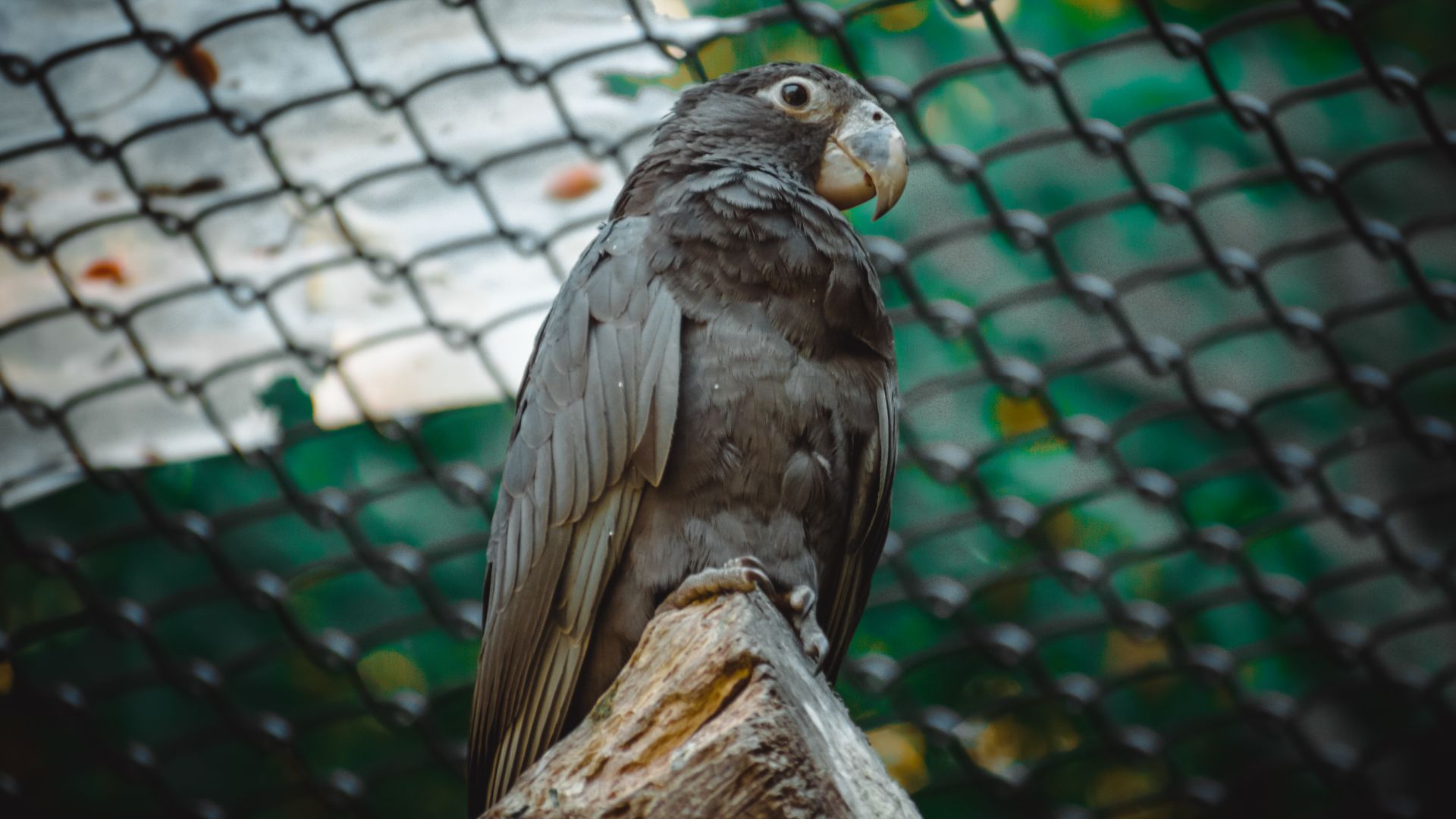
Life expectancy: up to 30 years
Size: medium
Noise level: low
Sociability: friendly
Vasa parrots emit low, squeaky mumbles – they almost sound as if they are talking to themselves, helping make them one of the quietest pet birds, who definitely won't upset your neighbors.
They enjoy dirt bathing, which is unusual for parrots, are very active, and love their food, so they benefit from foraging toys and games. Female Vasa parrots tend to be larger and a little aggressive towards males of the species, but both sexes can become wonderfully friendly companions.
13. Bourke's parrot
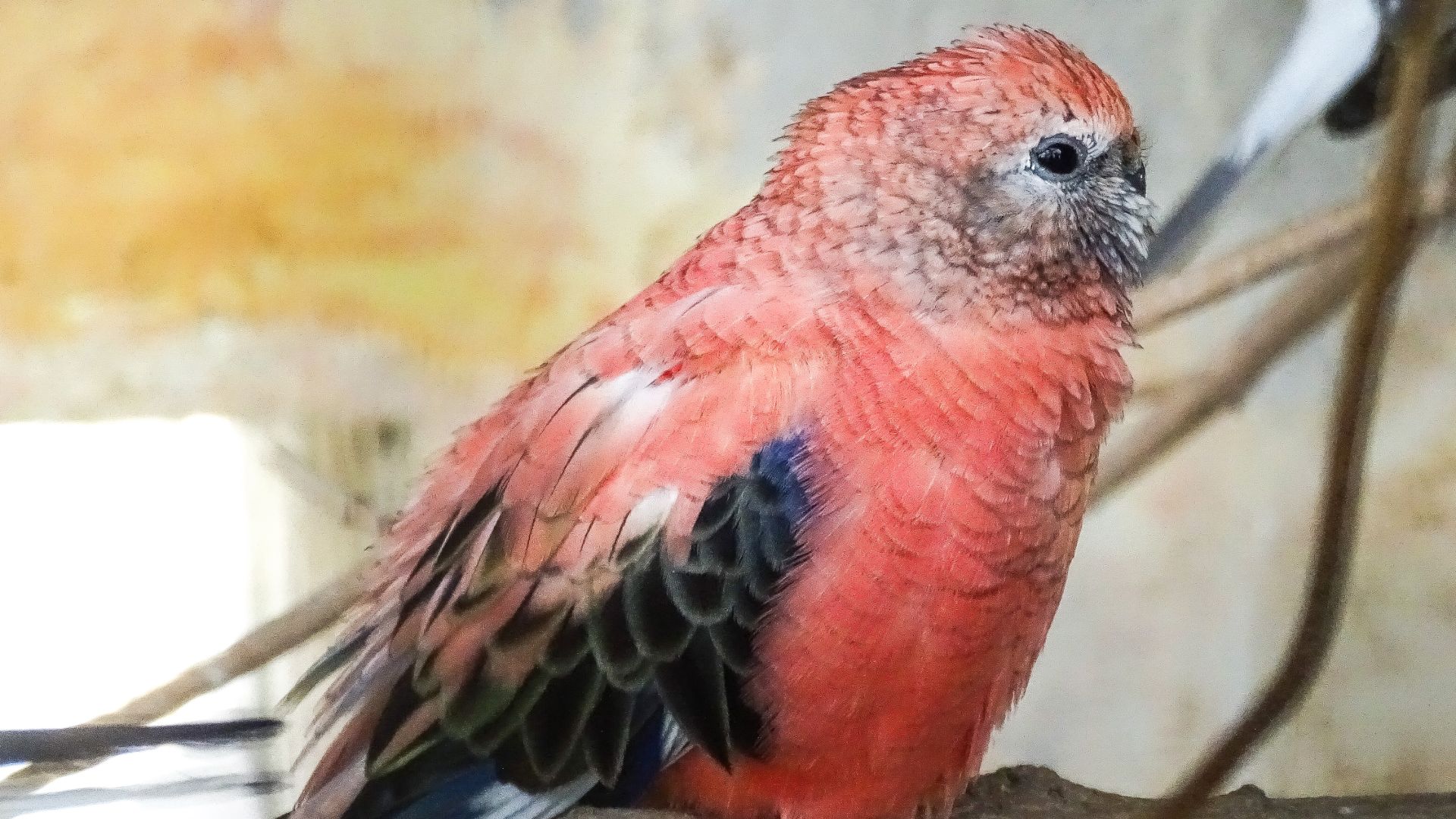
Life expectancy: up to 20 years
Size: small
Noise level: low
Sociability: very friendly
This sweet pink bird is a beautiful sight with a chilled-out personality to boot. The Bourke's parrot is a pretty mellow soul who vocalizes mostly at dawn and dusk – it likes to take flight at these times, too. As such, they need a large flight cage.
One of the friendliest pet birds out there, the Bourke's parrot is known for its tendency to remain ultra-tame with regular handling, even if it has a cage mate.
Read next: 32 types of garden birds
Edited by Georgia Guerin and Alexis De Leaver.
Last updated in July 2025.

Bethany is an experienced news and features writer with an equestrian specialism, and has been writing for internationally recognised titles, such as Horse & Hound magazine where she is currently features assistant, since 2017.
Prior to her career in journalism, she studied BA English at the University of Nottingham, where she graduated with a first class degree.
As well as cultivating a vast and far-reaching understanding of equine training and management, her first-hand pet care experience also ranges from dogs and rabbits to chickens and sheep.
She’s also volunteered at greyhound rescue centres by walking their four-legged residents.
When she isn’t writing, she's kept busy by her two horses and cocker spaniel, Matilda, who’s a dab hand at dog agility and loves performing her favourite party trick – weaving between her human’s legs as she walks.
